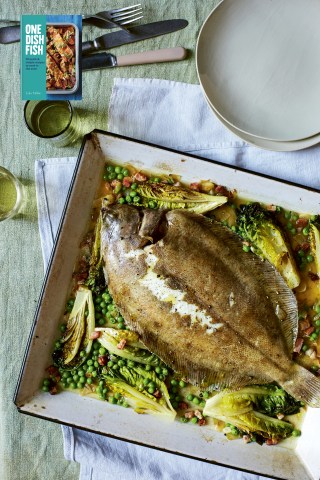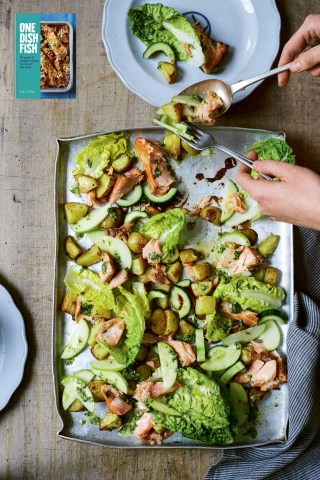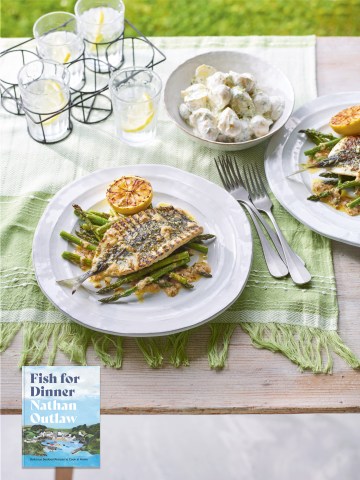game pie
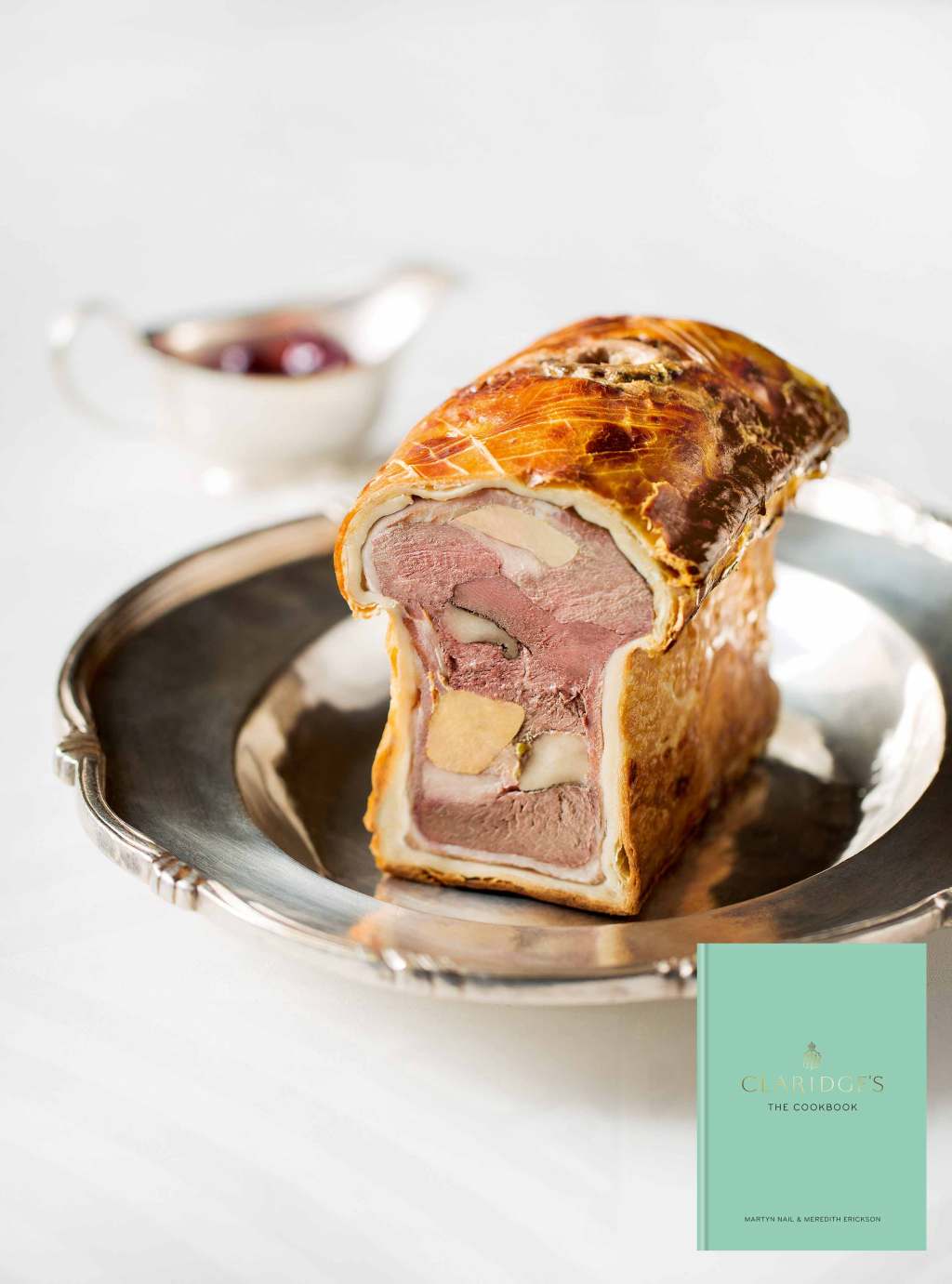
Each year as Game Pie Season begins – as the pate en croute moulds are being dusted off and lined up in the Claridge’s kitchen – the chefs who mastered this classic the previous year are feeling nostalgic and wanting to pitch their skills against those larder chefs who are embarking on their Game Pie debut. The pie requires a very hot oven to bake the pastry – will it burn? The jelly is poured into the pie as it cools – will it hold? Then the time comes for nervously plucking the pins from the hinges in the mould, removing the sides…to reveal golden, cooked pastry. Chefs always share that first slice – ostensibly to confirm the seasoning but really to mark this rite of passage. This pie is featured on our menu du jour throughout autumn; by December, it’s not unusual to find game pies lined up in our refrigerator with guests’ names on luggage tags, ready for collection for Christmas.
SERVES 12–16
YOU WILL NEED:
rolling pin
30 x 7 x 8cm (12 x 2. x 3. inch) pate en croute mould (available from Continental Chef Supplies)
baking paper
pastry brush
2.5cm (1 inch) plain pastry cutter
5cm (2 inch) plain pastry cutter
baking sheet
digital thermometer with a probe small funnel
FOR THE HOT-WATER CRUST:
150ml (5fl oz) water
150ml (5fl oz) milk
175g (6oz) lard
670g (1lb 8oz) plain flour
1 tsp salt
1 egg, beaten, for the eggwash
FOR THE FILLING:
1.4kg (3lb) game meat (8 partridge breasts,
8 grouse breasts, 3 pheasant breasts, 2 duck breasts), sinews and any shot removed
a splash of port and brandy
400g (14oz) streaky bacon rashers
6 sheets of leaf gelatine
300g girolles, saut.ed and cooled
300g foie gras, deveined, cut into batons
FOR THE JELLY:
10 sheets of leaf gelatine
400ml (14fl oz) Chicken Consomme or Double Chicken Stock
First, make the dough for the hot-water crust. In a large saucepan, heat the measured water, milk and lard to a simmer (not to a rolling boil), whisking gently until combined. Using a spatula, mix in the flour and salt and combine until smooth. Knead a little to bring together.
Depending on how confident you are with the warm paste, there are two options here:
Option 1: Refrigerate the dough, wrapped in clingfilm, until firm, about 6 hours, or overnight. It can be easier to work with, but will need to be worked slightly when removing from the refrigerator to make it pliable again. Proceed as Option 2 below. Place all the game breasts on a tray, sprinkle with a splash of port and brandy and leave to marinate for 30 minutes or so.
Option 2: Proceed with the warm paste. Roll out the dough to a thickness of about 4mm – you should have a rectangle of about 48 x 54cm (19 x 21. inches). Cut a 32 x 52cm (12. x 20. inch) rectangle for the mould, then cut a separate 16 x 52cm (6. x 20. inch) rectangle of pastry from the leftover pastry for the l
id. Gently drape the larger rectangle of dough into the mould, keeping the pastry loose at the top while ensuring it reaches nicely into all the corners. It’s okay for some of the excess pastry to overlap inside the side edges. You should have about a 4cm (1. inch) overhang of pastry all around.
To assemble the pie, on a large piece of baking paper, overlap the bacon rashers to create a large 38cm (15 inch) square. Flip the paper over, bacon-side down, into the pastry-lined mould, making sure you have a 4cm (1. inch) bacon overhang on either long side of the mould. Place the unbloomed gelatine in the base – it will feel wrong to use the gelatine leaves crisp and whole. Trust us, it’s the right thing to do: the steam that builds up inside the pie will do the necessary melting.
Layer in the game meats: partridge, followed by half the mushrooms, then grouse, the foie gras, the remaining mushrooms, and finally the pheasant and the duck. When the pie is built up above the top of the mould, fold the overhanging bacon up over the top of the game. Brush the pastry resting on the edges of the mould with eggwash.
Using the smaller pastry cutter, cut away 2 holes (for steam vents) towards either end of the dough lid, about 12cm (4. inches) apart. Lay the pastry lid overtop the bacon, pressing gently along the edges to create a seal between the pastry in the mould and this lid. Trim away any excess dough with a sharp knife, reserving the trimmings.
Crimp the edges of the dough by hand or using a fork. From the trimmings, cut out 2 x 5cm (2 inch) rounds, then cut out a 2.5cm (1 inch) hole in the centre of each. Eggwash the lid completely, then lay these rings around each steam vent, and eggwash them. Once the pie is cooked, you will use these vents to fill the pie with jelly. You can also add any decorative dough touches (such as leaves or birds) to the top of the pie now, making sure to eggwash. Refrigerate for at least 1 hour before baking.
Preheat the oven to 250C, or as high as your oven will go. Brush the pie with one final coat of eggwash and place on a baking sheet. Insert the thermometer probe into one of the vents. Bake for 8–10 minutes until beginning to colour, then reduce the oven temperature to 200C (400F), Gas Mark 6, cover the pie with foil and continue to cook until the thermometer registers an internal temperature of 54C (129F), about 35 minutes. (You want to cook the filling and melt the lard, but not overcook the pastry.) Remove from the oven to a cool place and leave to rest.
For the jelly: once the pie has cooled slightly, soften the sheets of gelatine in just enough cool water to cover for 5 minutes, or until soft and pliable. In a small saucepan, heat the consomme. and stir in the softened and squeezed gelatine until completely dissolved. Leave to cool slightly. Then, using a funnel, and working gradually, fill the pie with the liquid jelly, allowing it to drop down as it settles into the pie, before adding more. Keep going until the liquid fills the pie to the top. The jelly is an ancient preservation method: the jelly sets, trapping the meat inside and removing any oxygen, thereby preserving the contents; this, combined with refrigeration, increases the shelf life of the pie. The cool jelly also adds moisture to the pie as it cools. Leave to cool for at least 20 minutes before refrigerating, preferably overnight.
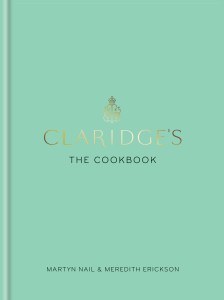
When ready to serve, remove the pie from the refrigerator and carefully unmould. Slide off the bottom base, then remove the corner pins to release the sides. Leave to cool slightly (10 minutes), then serve with Cumberland Sauce and tremendous pride.
This is an extract from The Claridges Cookbook by Martin Nail and Meredith Erickson



